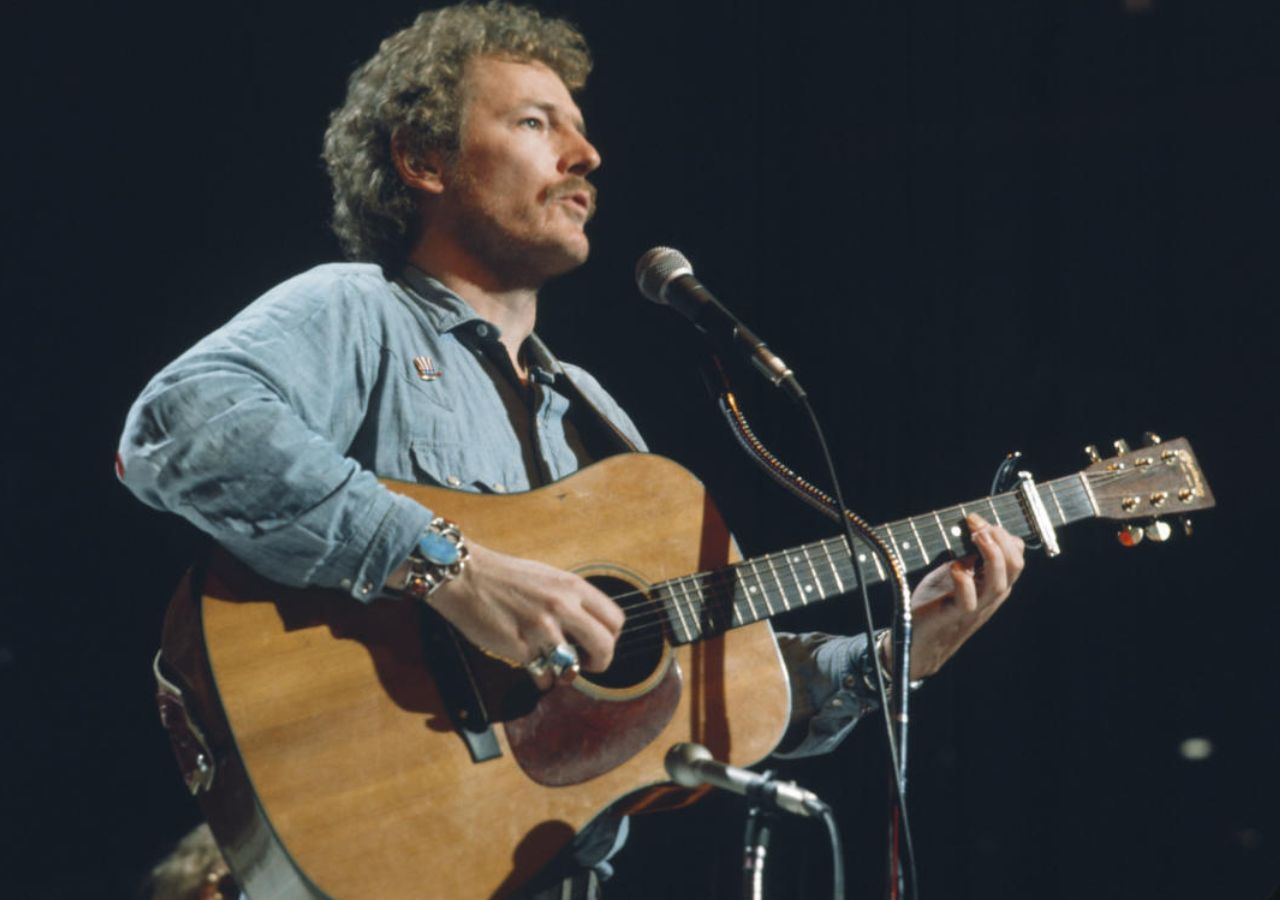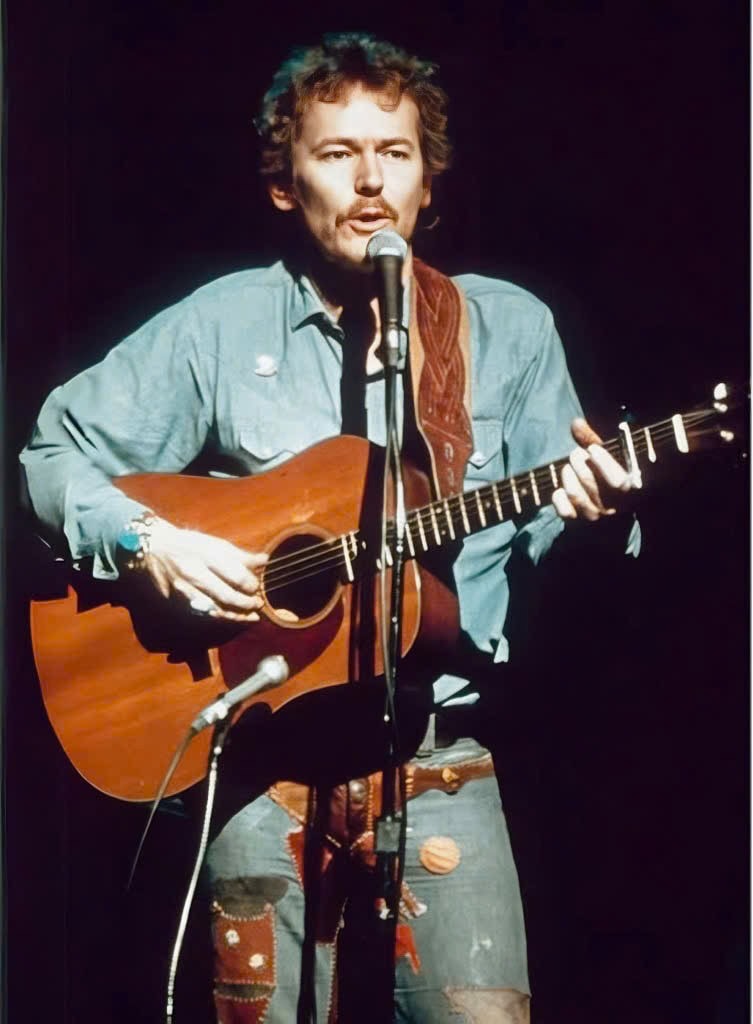
About The Song
The heartfelt song stormed to the top of the charts in 1971, earning Lightfoot a gold record and his first No. 1 hit in the U.S. For Lightfoot, who had written the entire album in an empty Toronto house, working seven days a week, 12 hours a day for a month, the success was well deserved. Lightfoot had just been released from United Artists and signed to Warner’s Reprise label, later explaining, “I was inspired to write a lot of new tunes at the time. I had a new record contract.” He completed the hit song in one short afternoon.
Lightfoot recorded If You Could Read My Mind in Los Angeles with producers Lenny Waronker and Joe Wissert, and Red Shea on guitar, for the album “Sit Down Young Stranger.” His compositional skills, honed at Hollywood’s Westlake College of Modern Music, and his poetic skill combined to create what Waronker called “a highly sophisticated, beautiful song.”

Despite the producer’s enthusiasm, the label instead released Me and Bobby McGee (written by Kris Kristofferson) as the first single from “Sit Down Young Stranger.” It wasn’t until several months later that Seattle’s KJR Radio began playing If You Could Read My Mind. Listeners responded with requests and other radio stations followed. As Waronker explained, “It became our unexpected hit, and a very pleasant surprise.” Warner immediately released the song as a single (Reprise 0974), and reissued the album under the new title “If You Could Read My Mind.” The rerelease quickly went gold, catapulting Lightfoot onto the international scene.
In February 1971, Lightfoot’s single became Billboard’s No. 1 Adult Contemporary hit and the Hot 100’s No. 5. In Canada, it was No. 1 on RPM’s Top 100, and CHUM Radio’s No. 6. Lightfoot captured the 1971 Juno for top male vocalist and a Grammy nomination for best male pop vocal performance (James Taylor was the eventual winner).
If You Could Read My Mind has been declared a SOCAN Classic, having earned over 100,000 radio plays.

Video




